Sharpening darts safely is crucial for maintaining optimal dart performance and preventing injury. This article will guide you through the process, explaining not only how to sharpen your darts effectively but also how to do it without risking cuts or other accidents. We’ll cover various methods and safety precautions to ensure you get the most out of your darts while keeping your hands intact.
⚠️ Still Using Pen & Paper (or a Chalkboard)?! ⚠️
Step into the future! The Dart Counter App handles all the scoring, suggests checkouts, and tracks your stats automatically. It's easier than you think!
Try the Smart Dart Counter App FREE!Ready for an upgrade? Click above!
Before we delve into the specifics of sharpening darts safely, let’s establish why this is important. A sharp dart ensures a better grip in the board, leading to improved accuracy and a more satisfying game. Dull darts can bounce unpredictably, leading to frustration and potentially damaging your dartboard. By understanding the proper techniques for sharpening darts safely, you can prolong the life of your darts and improve your game significantly.
Many dart players don’t appreciate the importance of regular maintenance, but taking the time to hone your darts’ points can drastically improve your gameplay, especially as they naturally wear down with use. Learning to sharpening darts safely is a vital skill for any dedicated player. It’s a key aspect of proper Darts Equipment Maintenance Customization, alongside practices like regularly inspecting your flights and shafts for wear and tear.
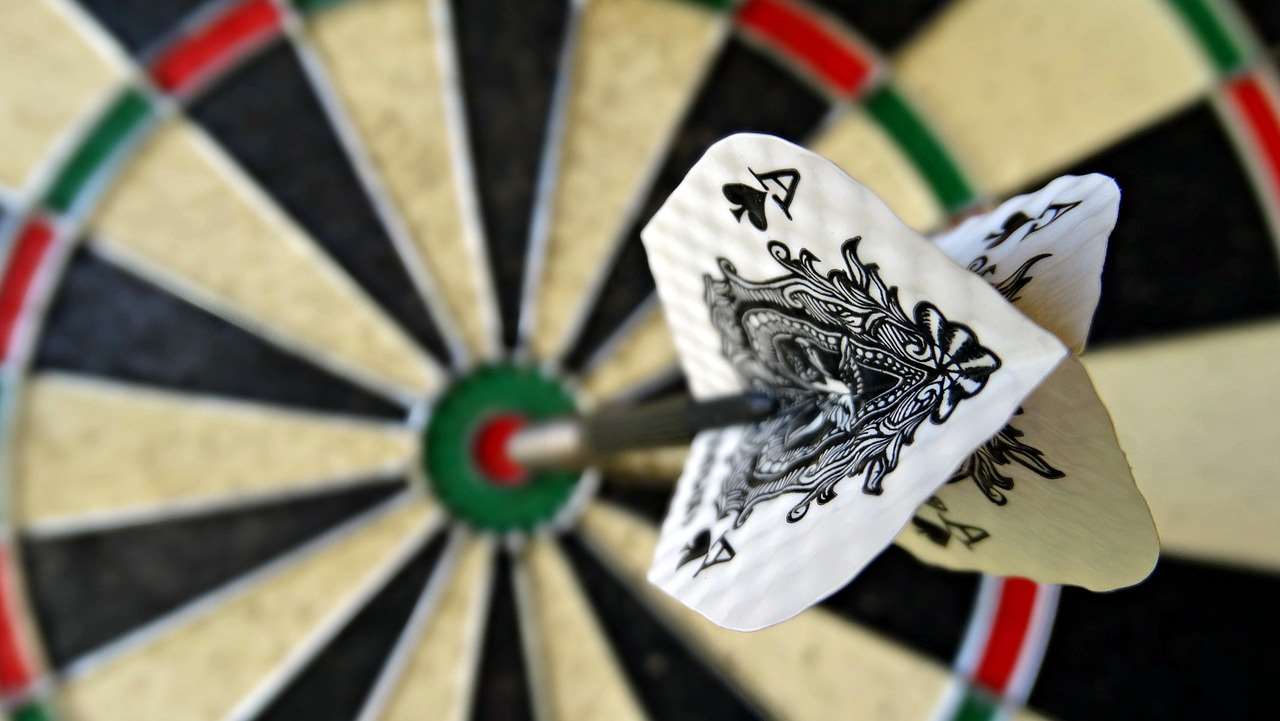
Sharpening Darts Safely: Essential Equipment and Preparations
Before you even think about touching a sharpening tool to your dart points, it’s crucial to gather the necessary equipment and prepare your workspace. Improper preparation is one of the leading causes of accidents when sharpening darts safely. Let’s cover the essentials.
Essential Equipment:
- Fine grit sharpening stone: A stone specifically designed for sharpening small tools is ideal. Avoid overly coarse stones, as they can damage your darts.
- Dart sharpening jig (optional but recommended): A jig helps maintain a consistent angle while sharpening, resulting in a more precise and evenly sharpened point. This is especially useful for beginners.
- Lubricant (optional): A small amount of oil or honing compound can help the sharpening process, reducing friction and preventing damage to both the stone and the dart points.
- Protective eyewear: Always protect your eyes from flying debris. Safety glasses are inexpensive and essential.
- Gloves (recommended): Wearing gloves can protect your hands from accidental cuts during the sharpening process.
Preparing Your Workspace:
- Stable surface: Choose a stable, flat surface to work on. A workbench or a sturdy table is ideal.
- Good lighting: Ensure you have adequate lighting so you can clearly see what you’re doing.
- Clean area: Keep the area clean and clear of any obstructions.
Having all your equipment ready and setting up a clean, well-lit workspace significantly improves safety and efficiency when it comes to sharpening darts safely. Remember, preparation is key to avoiding accidents.
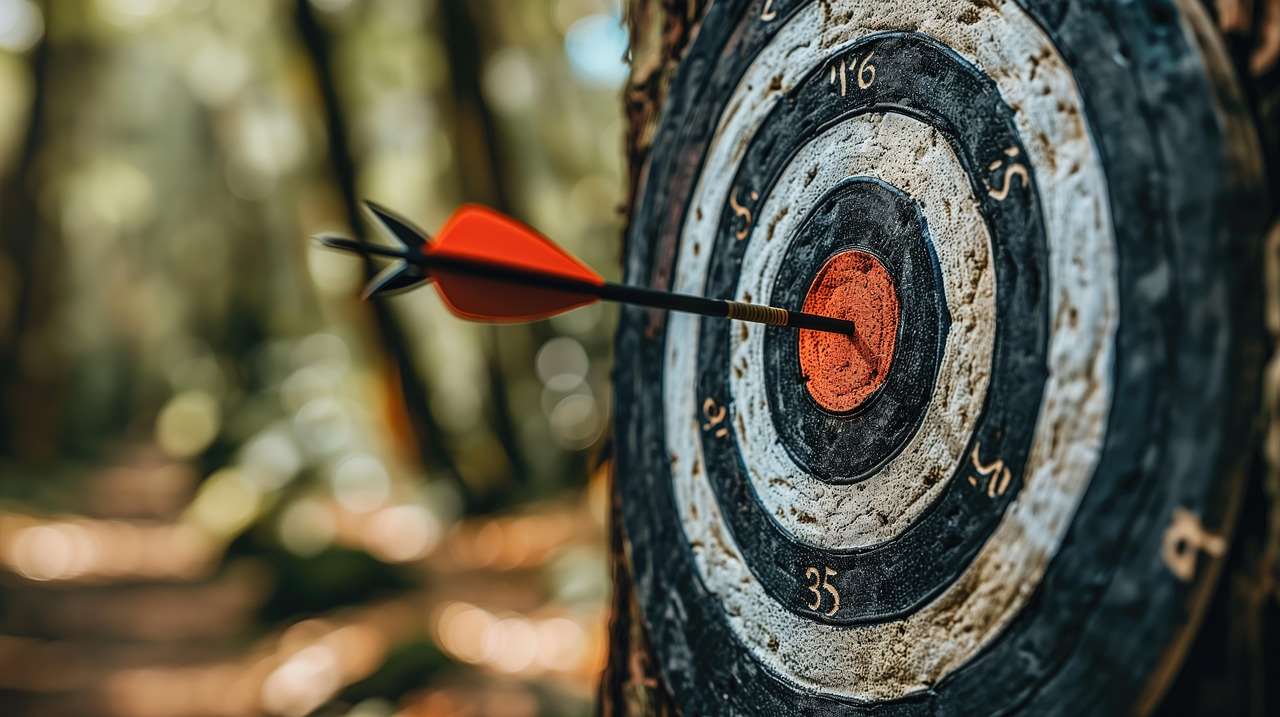
Methods for Sharpening Darts Safely
There are several ways to sharpen your darts safely. The best method depends on your experience and the type of sharpening tools you have available. Let’s look at a couple of the most popular approaches.
Method 1: Using a Sharpening Stone
- Hold the dart securely: If using a jig, clamp the dart securely. If not, hold the dart firmly but gently, maintaining a consistent angle.
- Apply light pressure: Use a light, even pressure and move the dart across the stone in a smooth, controlled manner. Do not apply excessive pressure; this can lead to uneven sharpening or damage to the dart point. Avoid aggressive scrubbing motions.
- Maintain consistent angle: Keeping the angle consistent is crucial for a sharp, evenly balanced point. Use a jig to help maintain this consistency.
- Check the point frequently: Examine the point regularly, using a magnifying glass if necessary, to check for sharpness and uniformity. Avoid over-sharpening.
- Clean the dart: Once sharpened, clean off any residue from the sharpening stone.
This method requires patience and practice, but it provides excellent control over the sharpening process and allows for very precise results. Regularly checking the dart’s point during sharpening darts safely will improve your overall result.
Method 2: Using a Rotary Tool (Dremel)
This method can be very fast but also requires more experience and caution. A rotary tool, such as a Dremel, equipped with a fine-grit grinding bit is another option to safely sharpen your darts. Use extreme care if using this method, ensuring all safety precautions are followed.
- Use a low speed: Begin at a low speed and gradually increase if needed. High speeds can generate too much heat and damage the dart.
- Apply light pressure: Apply very light pressure, only enough to remove a small amount of metal from the dart point. Excessive pressure can cause the dart to overheat and deform.
- Use a jig for consistent angle: As with the sharpening stone, a jig can provide superior consistency. It is even more critical with a rotary tool to avoid damaging the dart.
- Cool the dart: If the dart becomes too hot, allow it to cool before continuing. Overheating can weaken the dart point, leading to breakage during gameplay.
This method should only be attempted by those with experience using rotary tools. If you are unsure, stick to the sharpening stone method. Always remember safety is the priority when sharpening darts safely.
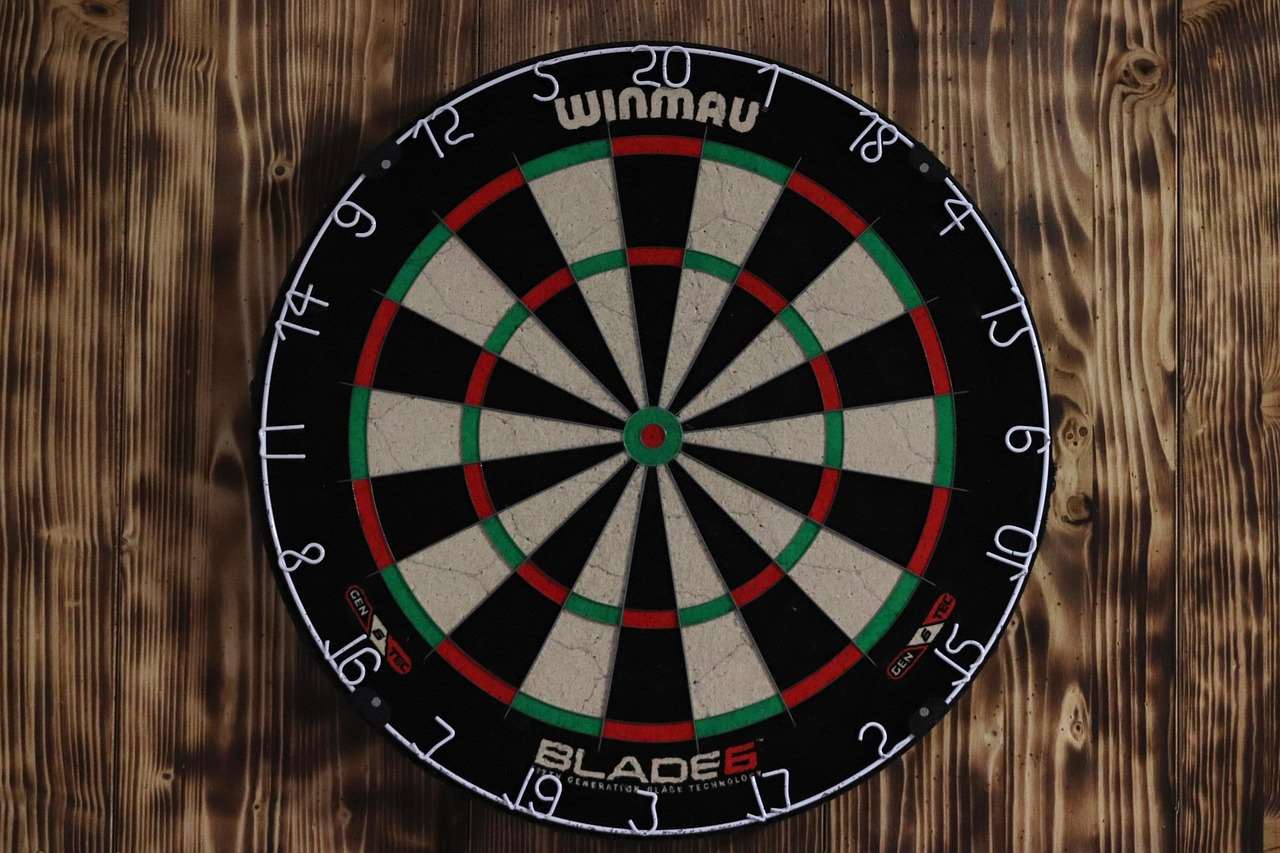
Troubleshooting Common Issues
Even with careful techniques, you might encounter some problems. Here are some common issues and solutions.
Uneven Sharpening:
This is usually due to inconsistent pressure or angle during sharpening. To remedy this, use a jig and make sure you maintain a consistent, light touch throughout the process. Practice makes perfect!
Over-sharpening:
Over-sharpening weakens the point and can lead to breakage. Examine the point frequently throughout the sharpening process, and stop as soon as it is adequately sharp. Remember, you can always sharpen it a little more if necessary, but you can’t un-sharpen it!
Damaged Dart Point:
If you accidentally damage the dart point, it might be easier to replace the entire dart, rather than attempting to repair it. The cost of repairing a single dart is often negligible in comparison to the cost of a whole set of darts. This also minimizes the risk of injury. Consider the potential cost of repairing dart equipment versus replacement before attempting extensive repairs. You could also consider dart repointing analysis to assess if repointing is cost-effective.
Knowing how to deal with these potential issues demonstrates that you truly understand how to sharpening darts safely and effectively.
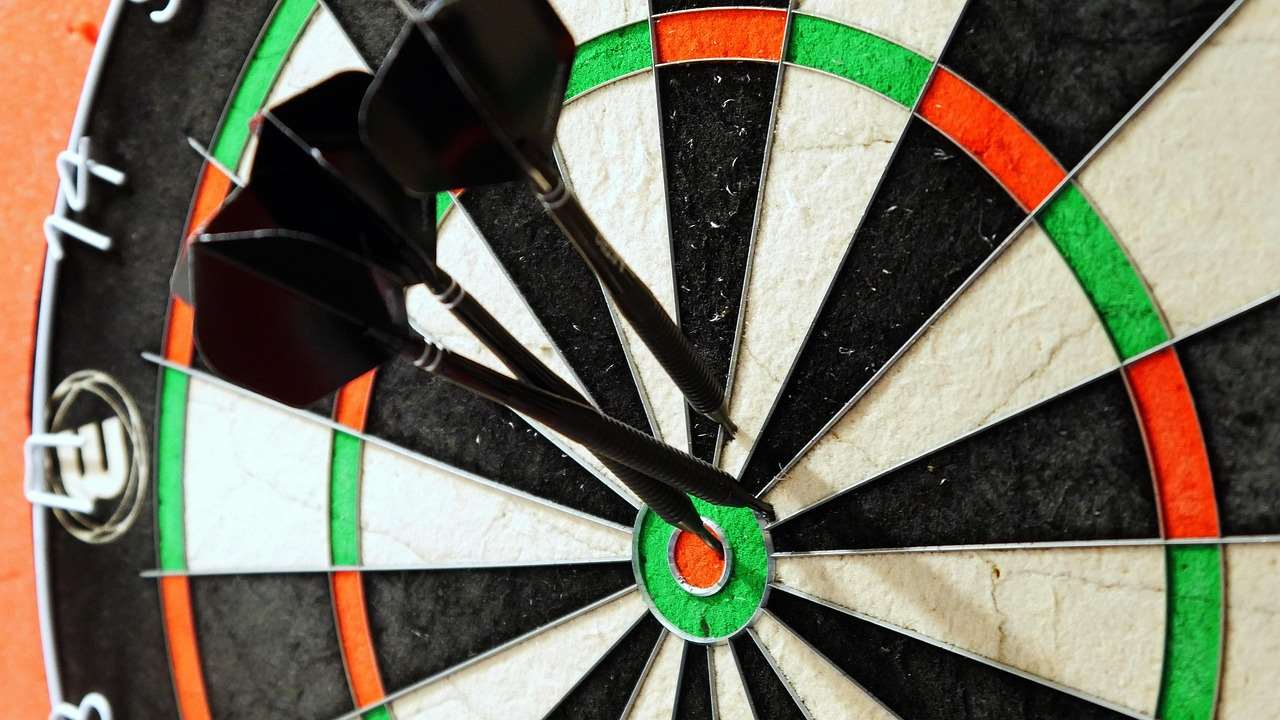
Maintaining Your Darts: Beyond Sharpening
Sharpening darts safely is only one aspect of maintaining your darts. Regular maintenance significantly extends their lifespan and ensures optimal performance. Here are some additional tips:
- Inspect your flights regularly: Worn or damaged flights can affect your accuracy. Replace them as needed. Consider Protect dart flights for added durability.
- Check your shafts for damage: Cracked or broken shafts should be replaced immediately.
- Store your darts properly: Store your darts in a protective case to avoid damage and keep them organized. For example, Flight protector for coffin flights can help to ensure your flights last longer.
- Clean your darts: After each game, wipe down your darts to remove any dust or debris.
By following these simple maintenance tips, you can ensure that your darts remain in top condition and perform at their best, thereby improving your overall performance and enhancing the longevity of your dart set. This proactive maintenance is another important aspect of sharpening darts safely within a larger framework of overall dart care.
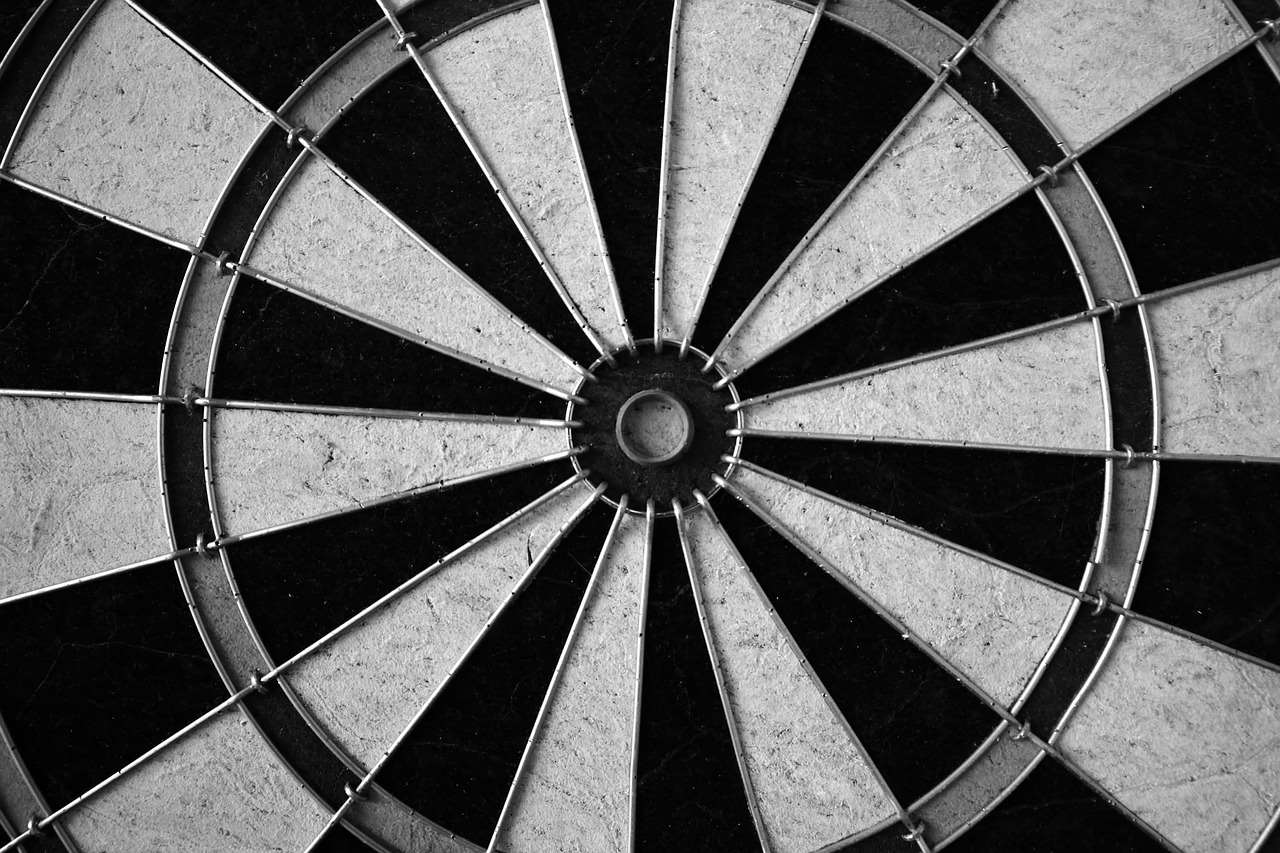
Safety First: A Final Word on Sharpening Darts Safely
Remember, safety should always be your top priority when sharpening darts safely. By following these guidelines and using appropriate safety equipment, you can minimize the risk of injury and enjoy many hours of improved dart-playing performance. Take your time, work carefully, and if in doubt, seek assistance from experienced dart players or refer to online tutorials on specific techniques.
Sharpening your own darts allows you to customize your game and extend the life of your equipment. The seemingly small task of sharpening darts safely makes a significant difference in both gameplay and cost savings. Proper maintenance can also affect the longevity of other dart components, so consider regularly checking for damage. For example, check for Repairing dartboard cracks tutorial and Dartboard ring replacement guide if necessary. You can also consult a Dart equipment repair vs replacement cost chart to aid your decision-making process when it comes to the cost-effectiveness of repairs versus replacement.
If you’re still unsure about the process or prefer not to handle sharp tools yourself, consider taking your darts to a professional for sharpening. Ultimately, the goal is to enjoy your game without putting yourself at risk. Taking the proper safety precautions when sharpening darts safely will not only protect you from injury, but it will also maximize the lifespan of your darts, ensuring that you consistently enjoy the improved accuracy and performance that come with well-maintained equipment. This complements the overall Darts Equipment Maintenance Customization.
Remember to always prioritize safety and enjoy your improved game!
Hi, I’m Dieter, and I created Dartcounter (Dartcounterapp.com). My motivation wasn’t being a darts expert – quite the opposite! When I first started playing, I loved the game but found keeping accurate scores and tracking stats difficult and distracting.
I figured I couldn’t be the only one struggling with this. So, I decided to build a solution: an easy-to-use application that everyone, no matter their experience level, could use to manage scoring effortlessly.
My goal for Dartcounter was simple: let the app handle the numbers – the scoring, the averages, the stats, even checkout suggestions – so players could focus purely on their throw and enjoying the game. It began as a way to solve my own beginner’s problem, and I’m thrilled it has grown into a helpful tool for the wider darts community.